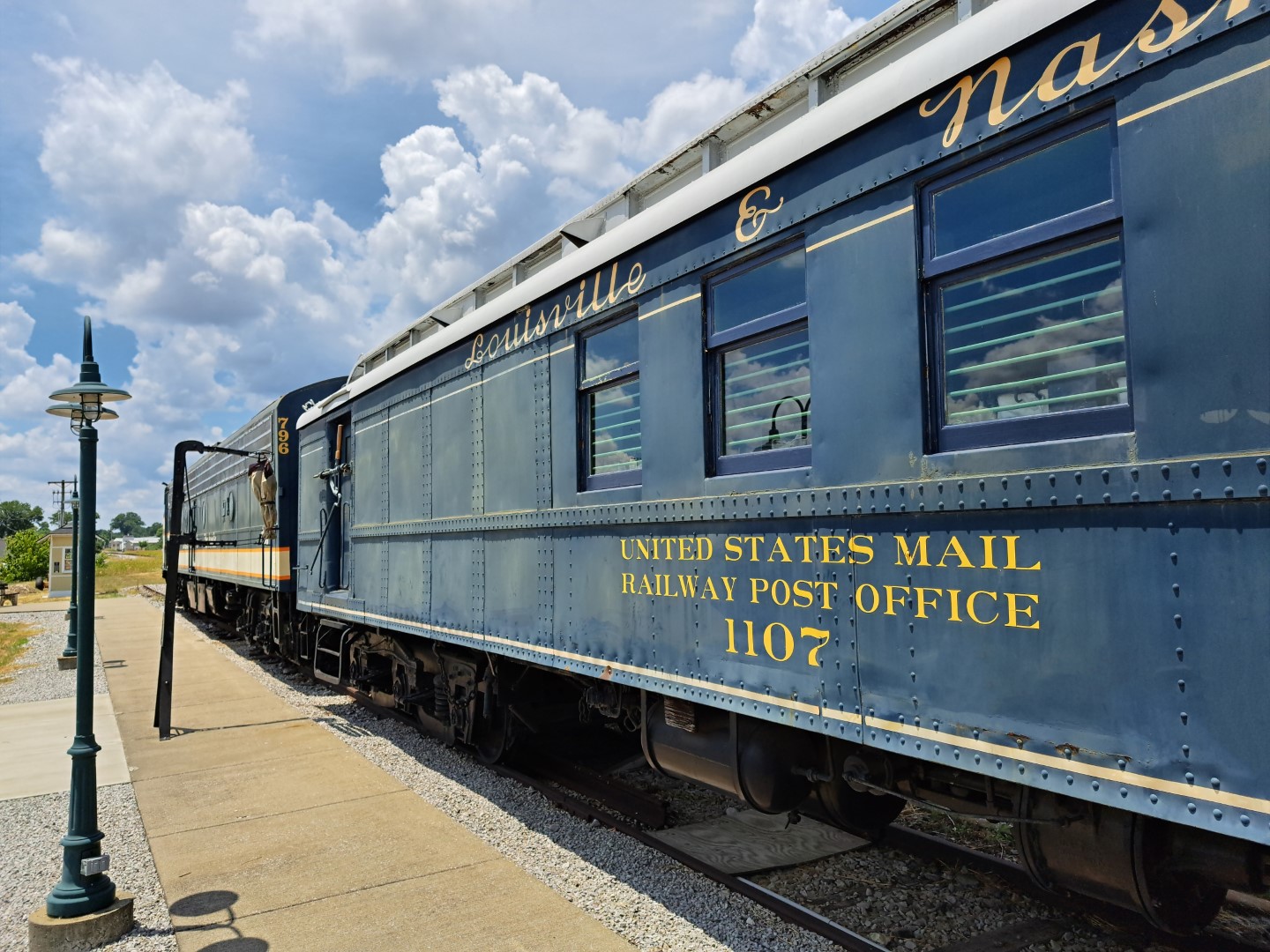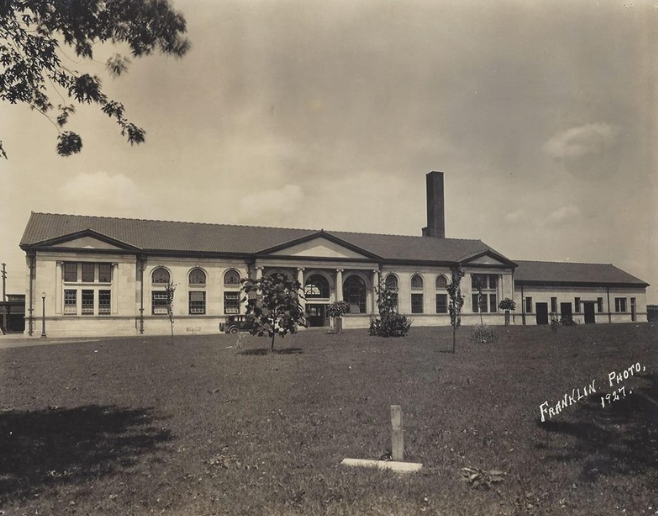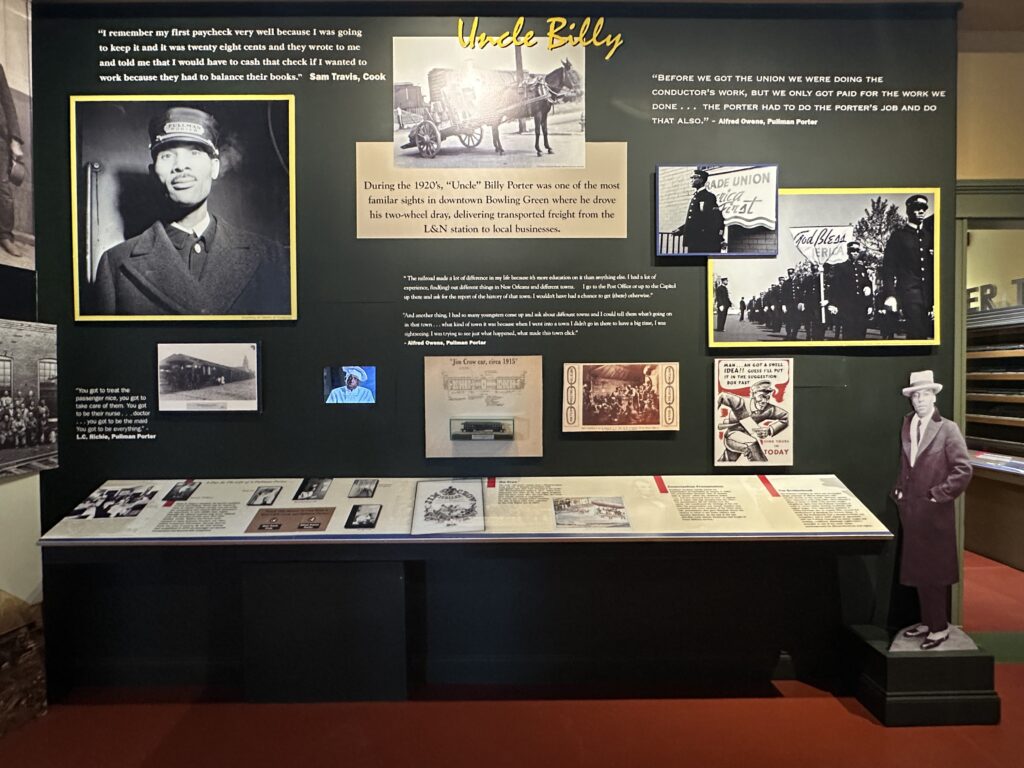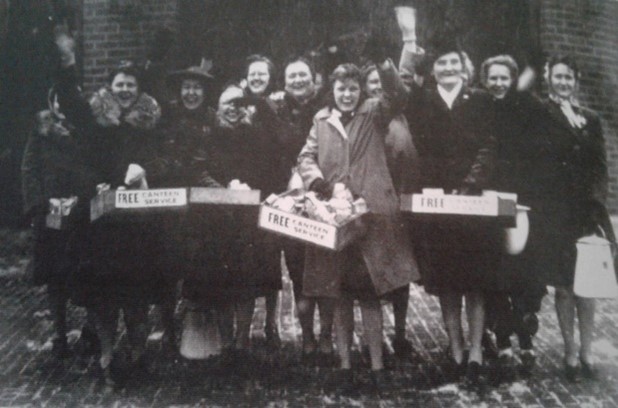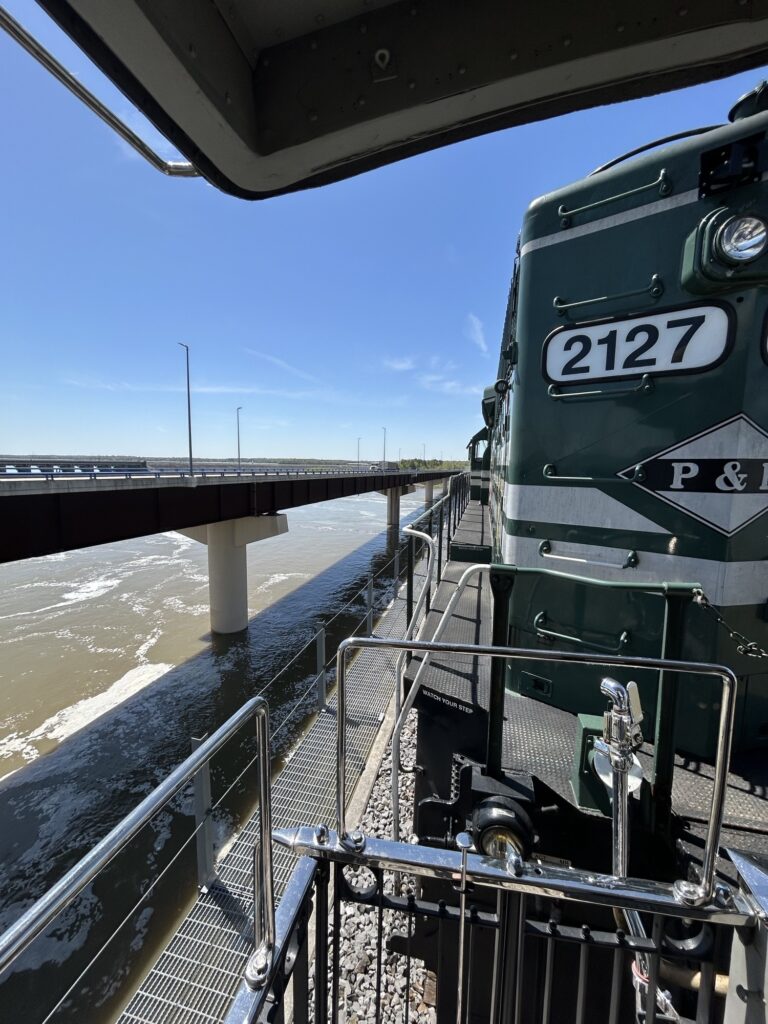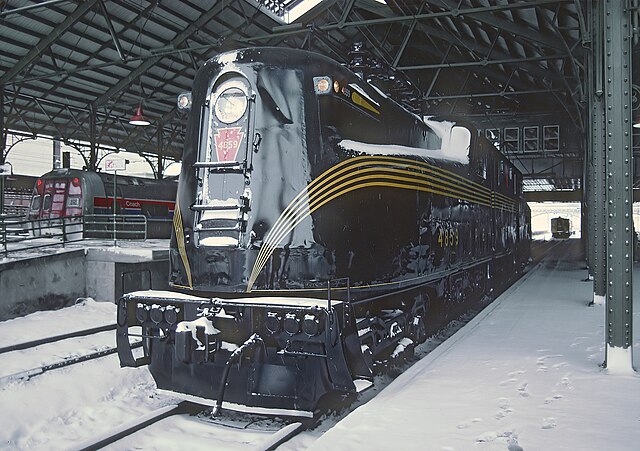The Ingenious Dance of the Railway Mail Service Crane
In the intricate ballet of the American postal system, the Railway Mail Service (RMS) crane played a pivotal role, orchestrating a seamless exchange of mail between moving trains and towns. This fascinating chapter in mail history unfolded in the mid-1860s, introducing the concept of “mail on the fly.”
The first generation of Railway Mail Service cranes resembled wooden, F-shaped mechanisms. However, innovation soon replaced these with more efficient and robust steel hooks and cranes, standing tall at over ten feet. These mechanical marvels were not only symbols of technological advancement but also the unsung heroes of an evolving postal network.
The ingenuity of the Railway Mail Service extended beyond the cranes themselves. Specially designed catcher pouches, integral to the service, featured metal rings at each end. These pouches needed to be not only functional but also resilient, capable of enduring the force of being swiftly exchanged without risking the spillage of their precious cargo.
As the 1870s dawned, on-the-fly exchanges solidified the Railway Mail Service as the backbone of the nation’s postal system, a role it maintained well into the 1930s. However, the winds of change began to blow in the late 1940s. The surge in airline and automobile passenger traffic marked the beginning of a decline for the Railway Mail Service.
By 1948, only 794 RPO (Railway Post Office) lines were operational. The number further dwindled to 262 by 1962, and by 1971, a mere thirty trains continued to utilize railway mail cranes in the United States. The golden era of on-the-fly mail exchanges was drawing to a close.
In the face of this changing landscape, a new player entered the scene. On May 1, 1971, AMTRAK, an abbreviation for “America, travel, and track,” began operations. This marked the end of over a century of on-the-fly mail exchanges orchestrated by the Railway Mail Service. The era of the railway mail crane, with its graceful and essential role in the postal dance, came to an end.
Today, the legacy of the Railway Mail Service crane lives on in the annals of postal history. The evolution from wooden contraptions to sturdy steel cranes mirrors not only technological progress but also the resilience and adaptability of systems in the face of societal changes. The next time you drop a letter in the mailbox, take a moment to appreciate the bygone era when mail danced between moving trains and towns, guided by the steady hands of the Railway Mail Service crane.
Reference:
Pope, N. A. (n.d.). Railway mail crane. Retrieved from https://postalmuseum.si.edu/collections/object-spotlight/railway-mail-crane


